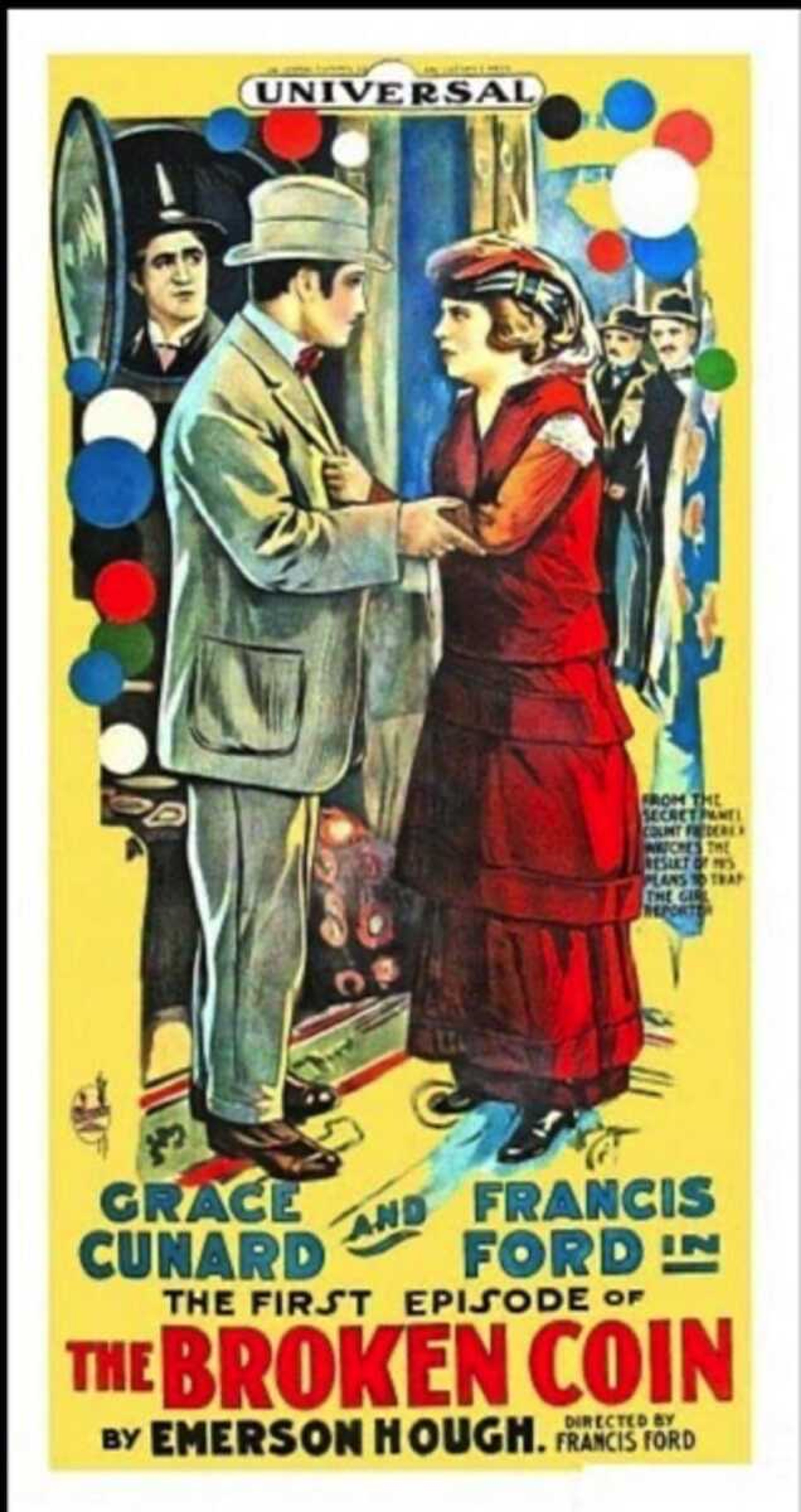'Broken Coin' scorched theater's success
"Fire!" While the audience at Cape Girardeau's Booker T. Washington Theater watched an episode of the silent film "Broken Coin," the cellulose nitrate film ignited in the projector! Fortunately, the flames were successfully extinguished by manager Lawrie and operator E. ...
"Fire!"
While the audience at Cape Girardeau's Booker T. Washington Theater watched an episode of the silent film "Broken Coin," the cellulose nitrate film ignited in the projector! Fortunately, the flames were successfully extinguished by manager Lawrie and operator E. E. Allen, and the fire department was not needed." Hattie Jones, Cape Girardeau's reporter for St. Louis Argus, documented the incident in her May 25, 1916, Argus article, crediting "the presence of mind of the spectators, a panic was averted."
The Booker T. Washington Theater (locally known as "The B.T.") opened on Cape's Broadway on Dec. 28, 1916, so named for the nationally renowned educator, author and orator who died the previous November. The enterprise was organized and operated by a company of local Black professionals, including physician Dr. W.H. Lawrie and the Rev. C. William Cole, pastor of Second Baptist Church. The Weekly Tribune newspaper quoted Lawrie's expressed intent to operate a high-class theater, offering the best class of pictures to educate and interest people.
Hattie Jones' advocacy for "a moving picture show" for the Black youth in the segregated town helped to lay the groundwork. In early 1915, she organized the Mission Band at Second Baptist Church to present a formal debate. Subject: "Is a Moving Picture Show an Advantage or Disadvantage to the Young People?" Jones later self-reported, "the young ladies handled the subject in such a way that the audience was very agreeably surprised. So now," Jones concluded, "Cape Girardeau is waiting for someone to give her boys and girls a chance to enjoy a moving picture show." Dr. Lawrie and the Rev. Cole were in the debate audience and took on the challenge.
Lawrie and Cole signed a one-year lease for a frame building at 202 Broadway (next door to then First Baptist Church). Previously a restaurant for Black patrons, the building required adaptations to accommodate the projection machine and seating for 250. Lawrie's ambition for the place of amusement was to "prove a blessing to the colored race" -- and to cover operating expenses. Beyond films, he hoped to invite Black comedians and actors to feature at the venue. Open three nights a week, patrons paid 5 and 10 cent admission. Film serials included: "Peg o' the Ring," "Perils of Pauline," "The Shielding Shadow," "Damon and Pythias" -- melodramas, adventure-mysteries and classic Greek legend productions.
The B.T. suspended operation after the fire, likely due to equipment damage and summer heat. To the delight of many, it reopened in October, but attendance lagged. Perhaps the audience grew bored with the trivial themes of the silent film genre (and all-white casts) or had lingering concern for personal safety. On Dec. 7, 1917, just shy a year from opening, Jones reported "the distress and disappointment of the young people" when Dr. Lawrie was forced to "close on account of lack of patronage." Hattie Jones encouraged her readers to show appreciation and "race pride," hopeful another theater enterprise would admit Black audiences.
To read more about Dr. Lawrie and the Booker T. Washington Theater, go to Sharon Sanders' blog from 2017, semissourian.com/blogs/fromthemorgue/entry/69206
Connect with the Southeast Missourian Newsroom:
For corrections to this story or other insights for the editor, click here. To submit a letter to the editor, click here. To learn about the Southeast Missourian’s AI Policy, click here.










